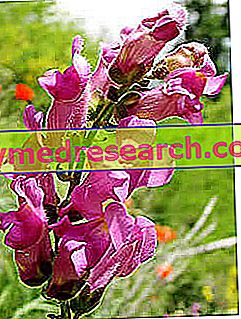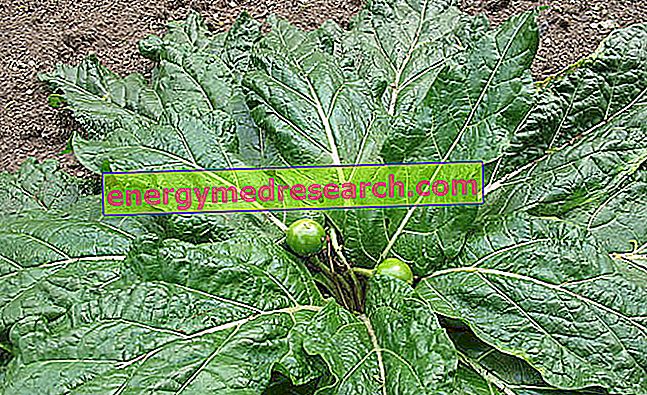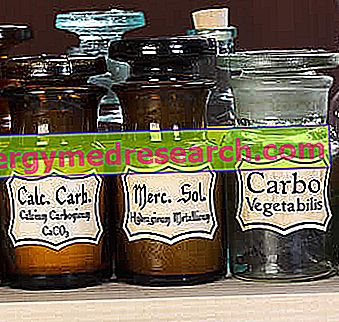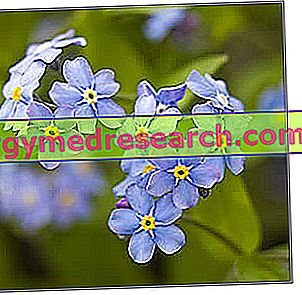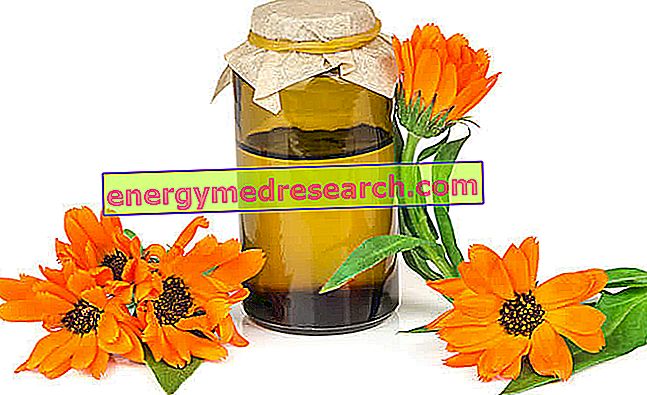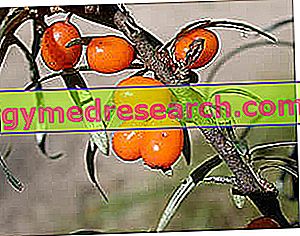Introduction Velvety and elegant, dandelion flowers decorate gardens and parks with their colorful and iridescent clothes, so as not to go unnoticed. The name of the lion's mouth refers to the particular and original structure of the floral, bilabated, tubular and tortuous corolla, presenting a sort of lips
Category herbalist's shop
Scroll down the page to read the summary table on Macassar and Ylang Ylang: summary of properties Macassar and ylang ylang Matrix: Cananga odorata → extraction of ylang ylang oil (precious) + macassar oil (a fraction of the ylang ylang plant complex) Botanical description of the matrix Ylang ylang plant: Cananga odorata Family: Annonacee Common name of the plant: ylang ylang or canang Plant description: tropical species of massive size Height: 35-40 meters Stem: branched and erect Chioma: thick Leaves: large, persistent and alternate Petiole: small and thin Flowers: they have very elongated pet
What is that Mandrake ( Mandragora officinarum L.) - or mandrake, if you prefer - is a plant belonging to the Solanaceae family. Become famous and appreciated in ancient times for its alleged magical properties, nowadays the mandrake represents a rather feared plant, since highly toxic and easily confused with other edible plants
Introduction The curtain of "alternative medicine" sees many natural practices as protagonists; in this article some of the new medicines, also known as "unconventional", will be studied in depth. In recent years, many people have turned to alternative medicine at the expense of the conventional conventional medicine, based on the use of synthetic drugs: the fear of the practically inevitable side effects resulting from the use of chemical molecules has led many people to search for an alternative therapy that avoids the occurrence of undesirable side effects
Introduction Among the officinal plants indicated for the treatment of venolymphatic insufficiency, a note of merit is due to the melilot: this plant, in fact - for the abundant quantity of coumarins - exerts a powerful phlegm-tonic action, in addition to boasting anti-inflammatory, atiedemigene and diuretic
Scroll down the page to read the summary table on the melilot Meliloto Medicinal plant indicated for the treatment of venolymphatic insufficiency → abundance in coumarins Melilotus: etymology of the term Melilot name refers to the Greek "mèli" (honey) and "l tòs" (clover or biada) → source of nectar for bees and forage for the beasts Melilotus in history Pasture livestock: ingestion of deteriorated melilot → hemorrhagic syndrome: decreased levels of prothrombin in the plasma → cause: formation of coumarin derivatives (dicumarol) with anti-aggregation effect Melilotus: botani
What is that Mercurius solubilis - also known as " Mercurius vivus " and sometimes simply abbreviated as "mercury" - is a homeopathic remedy widely used in the treatment of disorders affecting different parts of the body, such as the digestive system, upper respiratory tract, teeth or the joints
Introduction "Do not forget me", a phrase that does not only indicate an expression exchanged between lovers, a message of love, a hope or a remembrance: we are talking about a beautiful flower, also nicknamed "eyes of the Madonna". As can be guessed, the flower of forget-me is from the distant ages to the center of romantic and dreamy atmospheres: over the years, due to the fragility of the flower, associated with its soft color and delicate beauty, on the origin of not forget me many legends have flourished
Scroll down the page to read the summary table on the sea buckthorn Sea buckthorn: key points Sea buckthorn: champion of survival In ancient times → energy food for soldiers → sea buckthorn = poisonous plant → good ingredient for preparing tasty sweet sauces to accompany salmon Currently: → is not among the poisonous fruits → exploited in the most disparate areas (phytotherapic, food and cosmetic) Sea buckthorn: etymology of the term Botanical name ( Hippophae rhamnoides ) refers to "horse" (hippos) and "uccido" (phao) → plant once improperly considered poisonous Sea bucktho
What is that Calendula oil is an oleolite obtained from the flowers of Calendula officinalis , an annual herbaceous plant belonging to the Asteraceae family. This oil is widely used in the cosmetic and herbal fields, thanks to the numerous beneficial properties it is able to exercise at the level of the skin
Introduction A champion of survival, the buckthorn, a shrub used in ancient times as an energy food for soldiers during wartime, and currently used in the most disparate areas (phytotherapic, food and cosmetic). In the past, some authors considered the sea buckthorn as a poisonous plant: not by chance, the etymological analysis of the botanical name ( Hippophae rhamnoides ) refers to "horse" (hippos) and "uccido" (phao)

